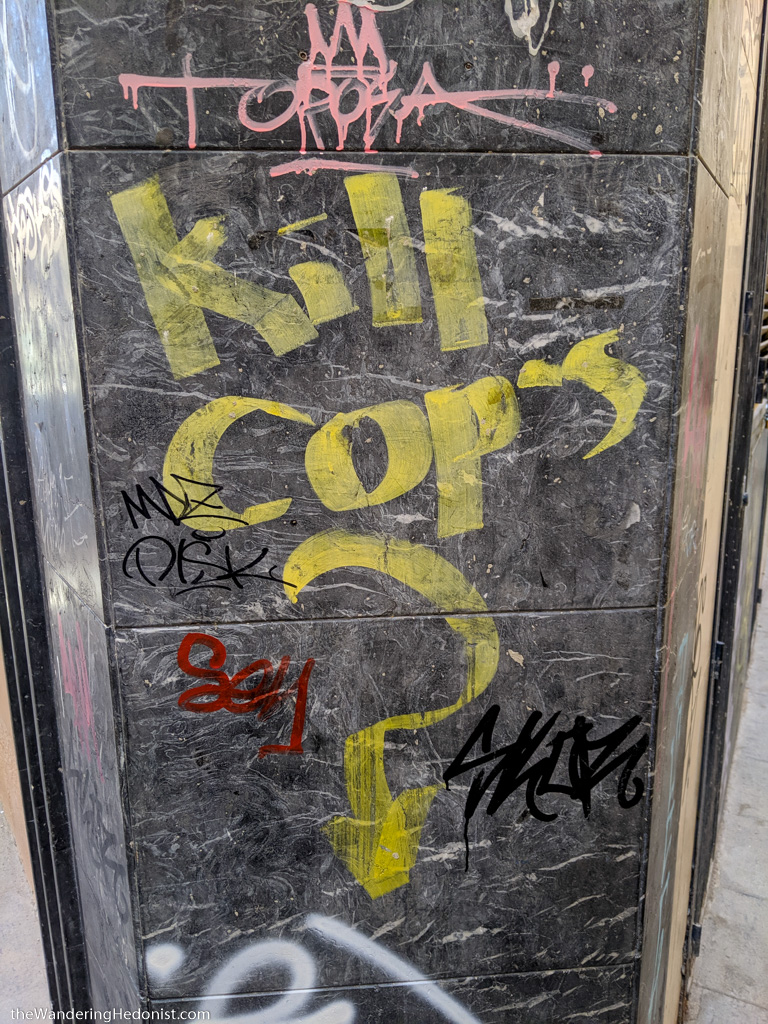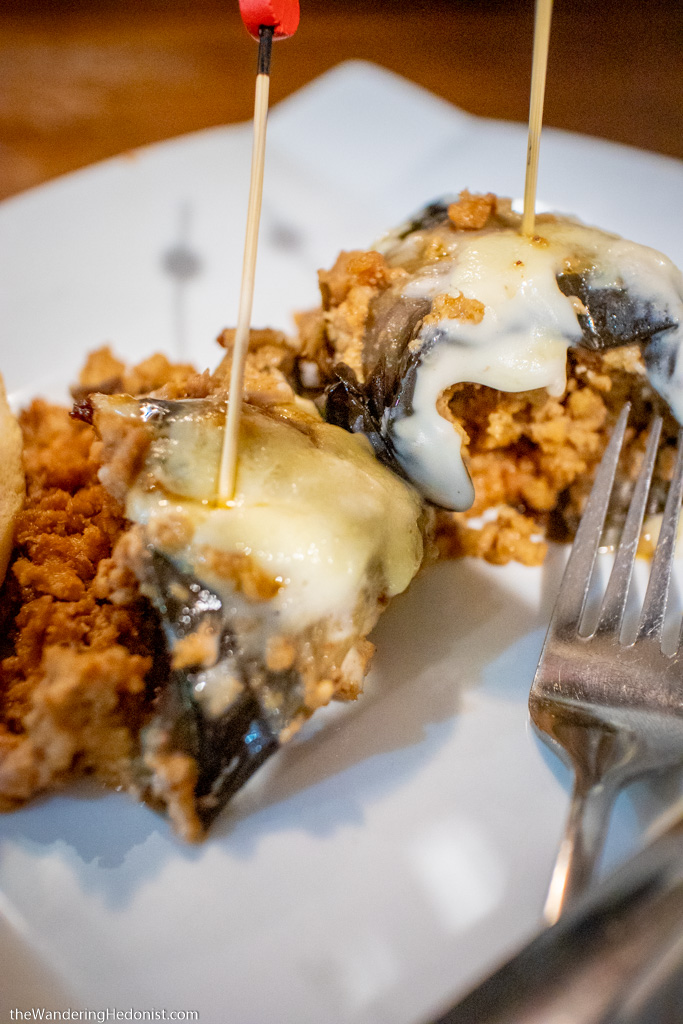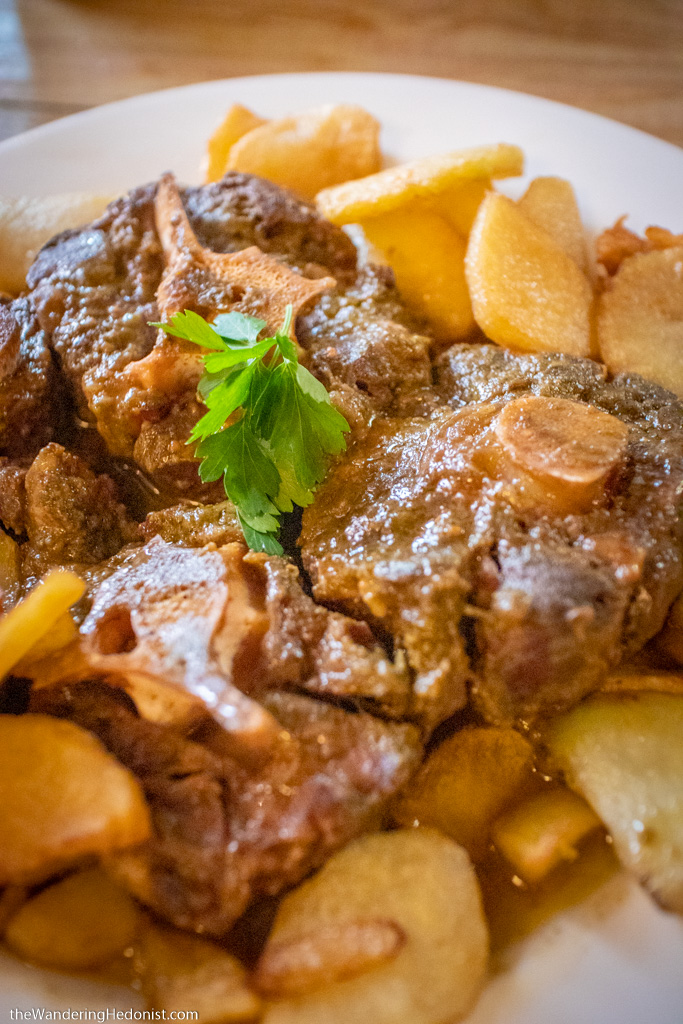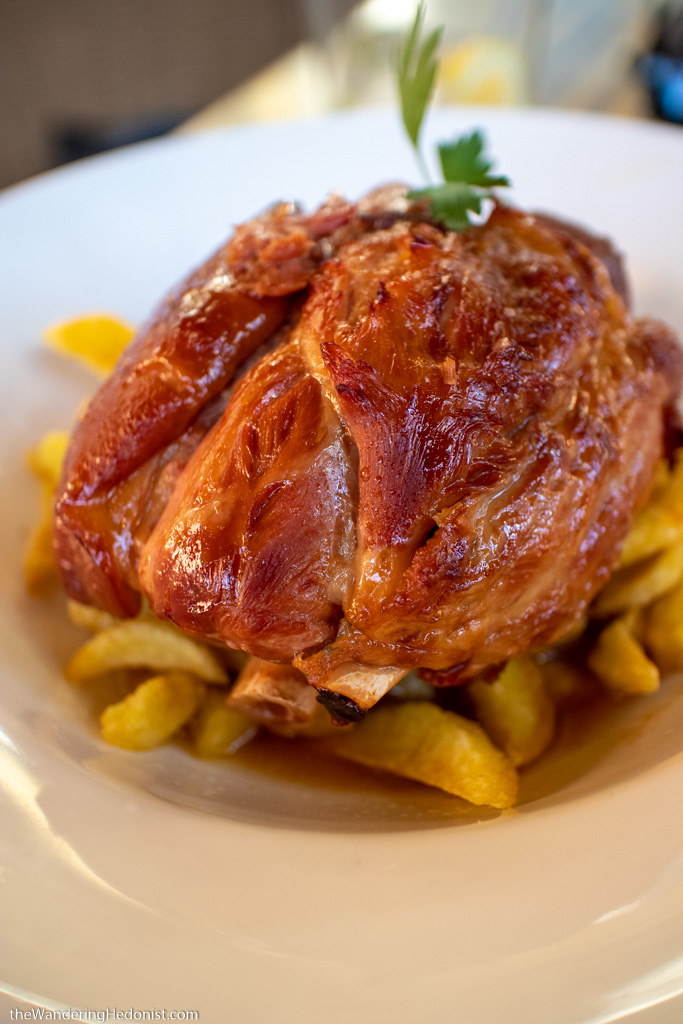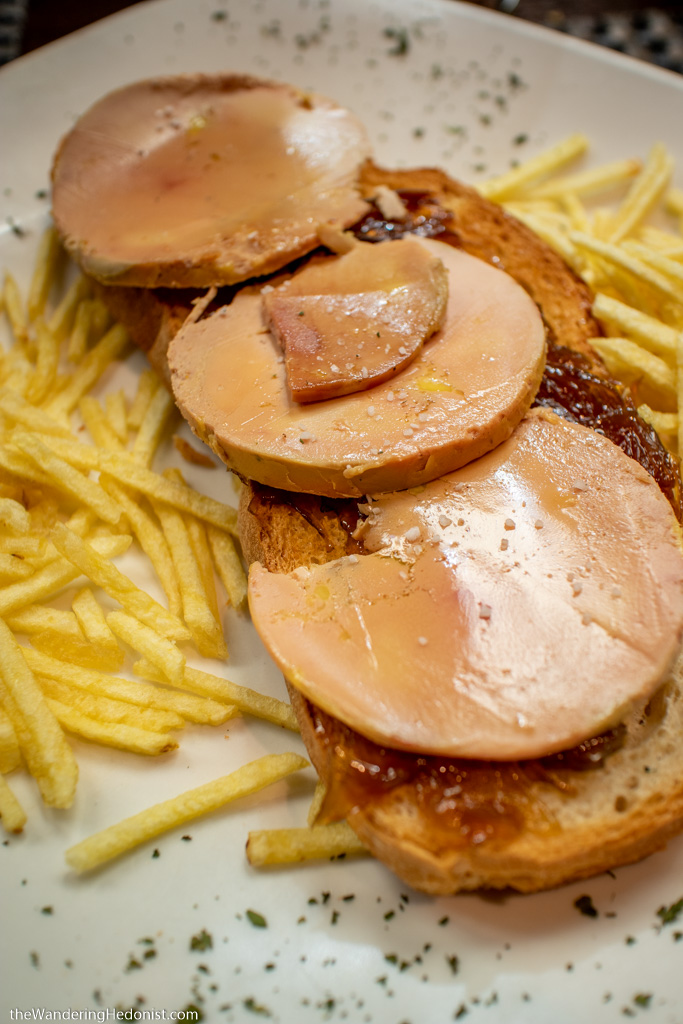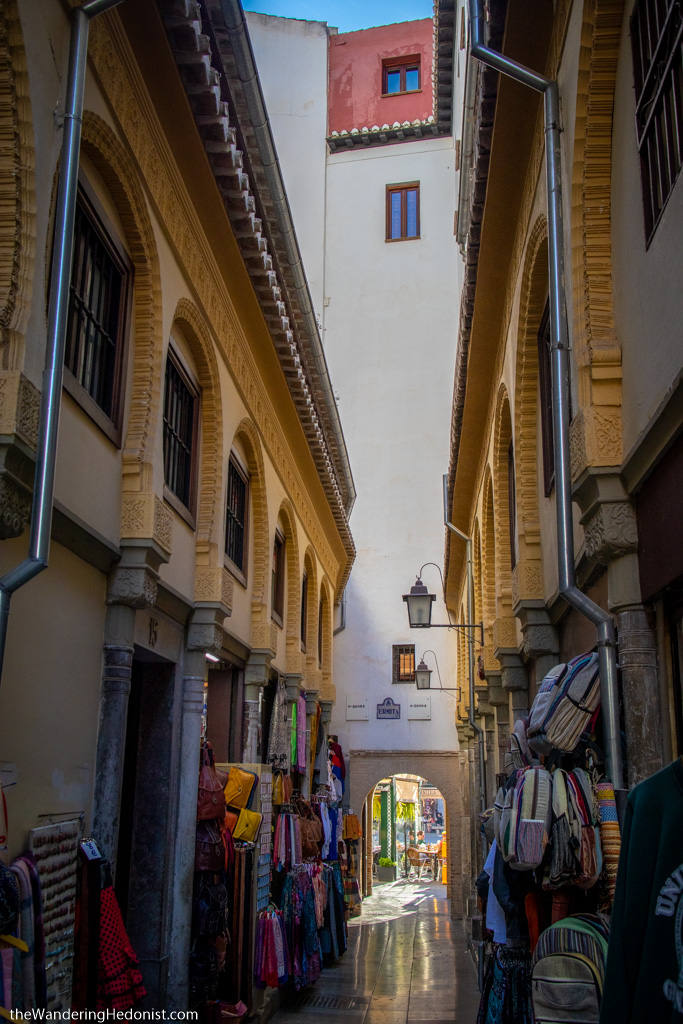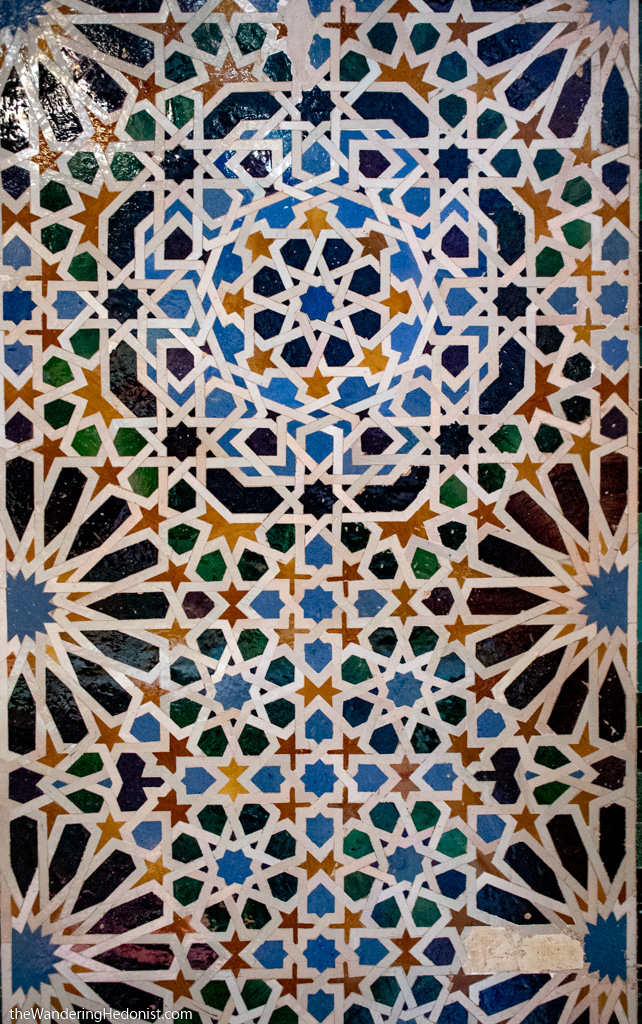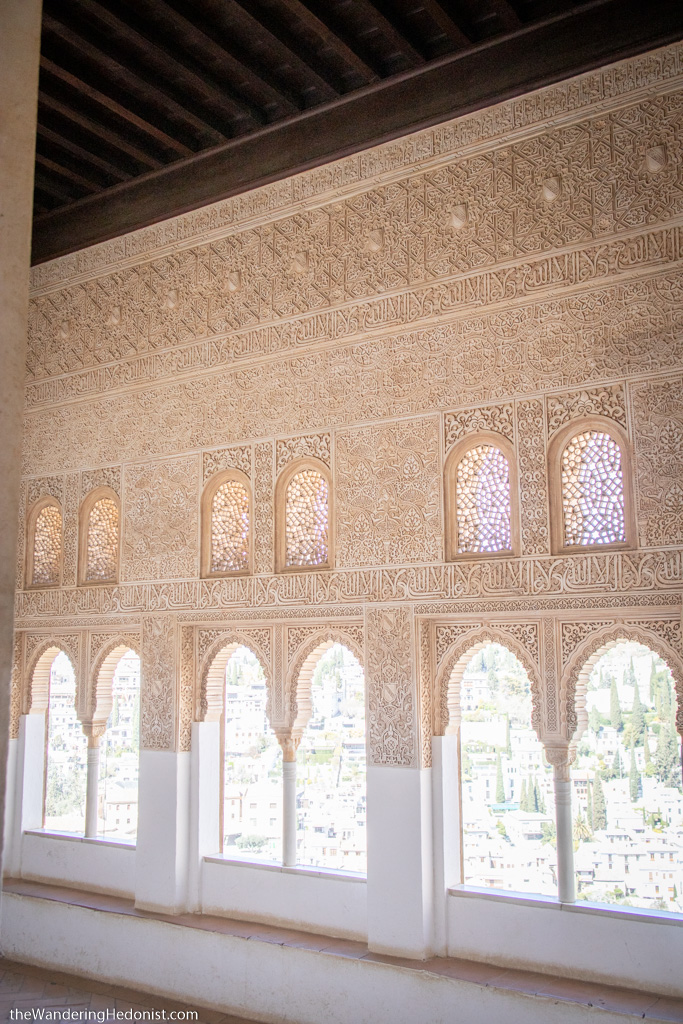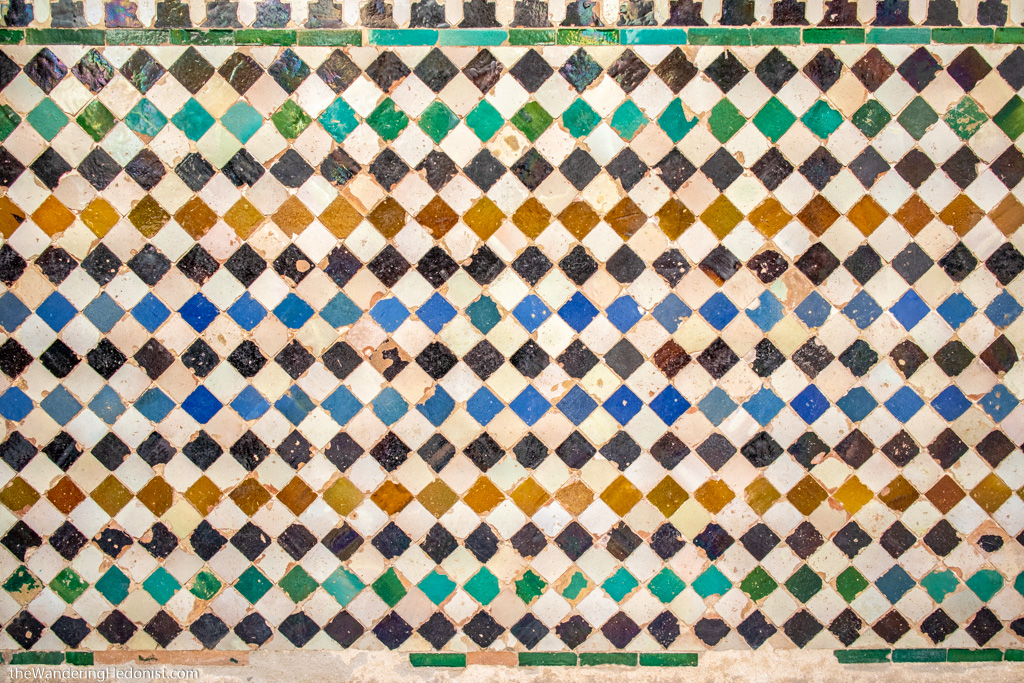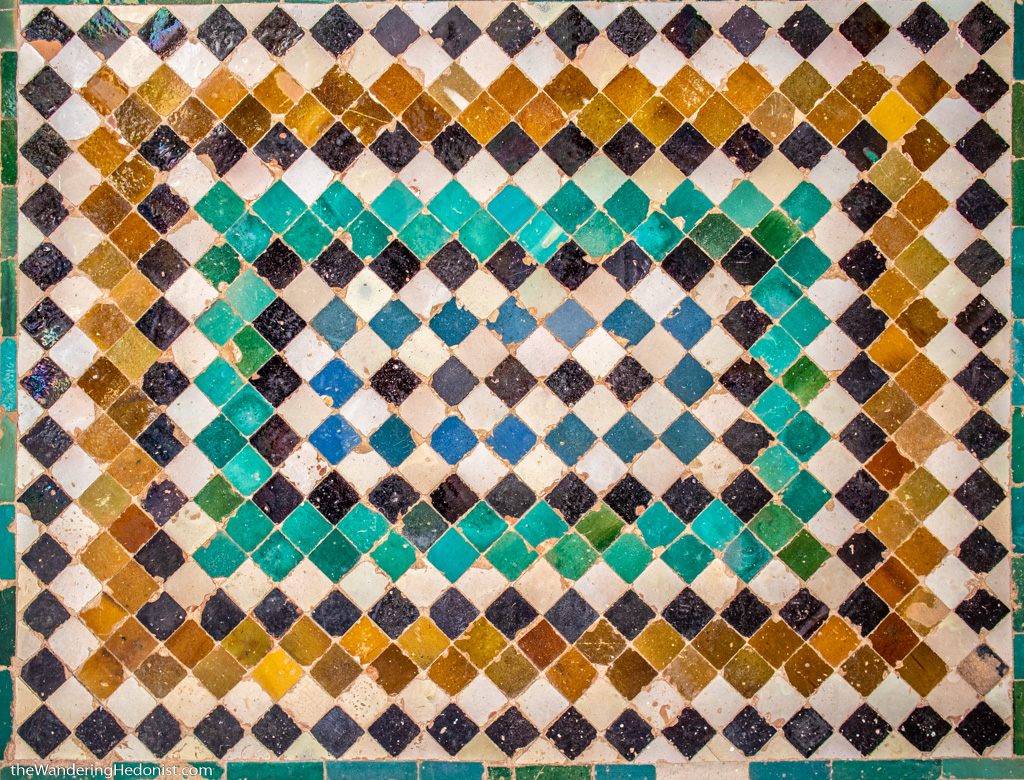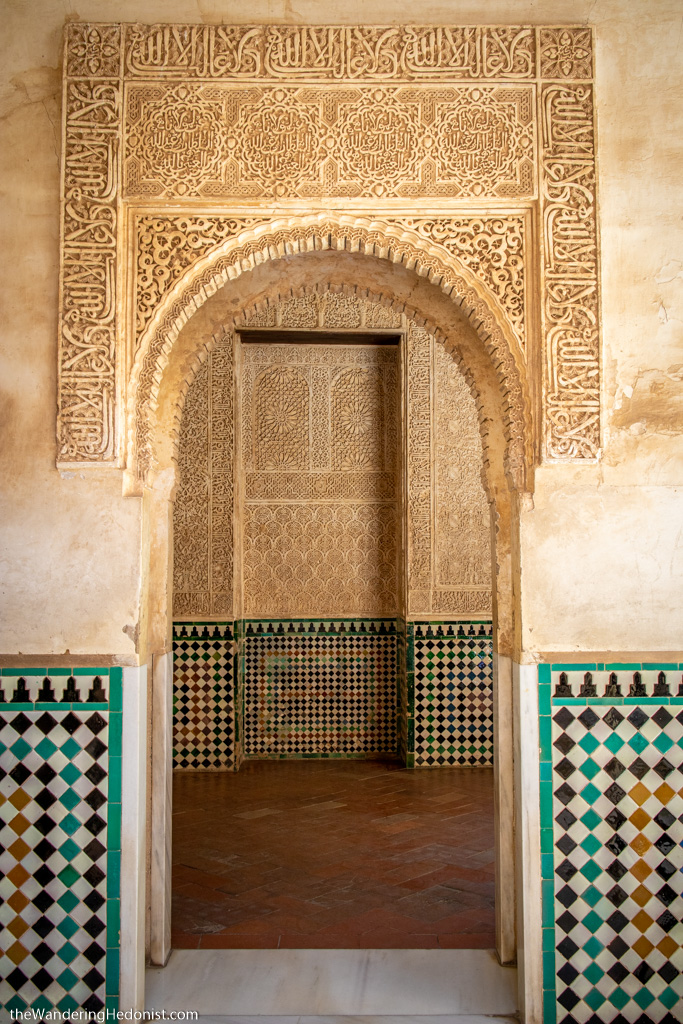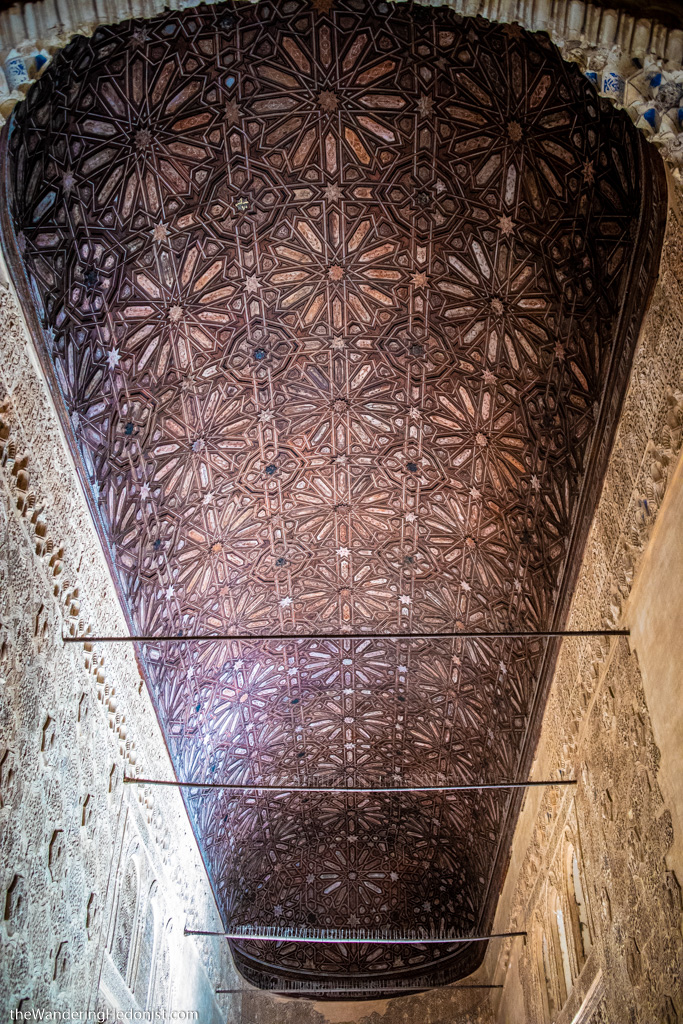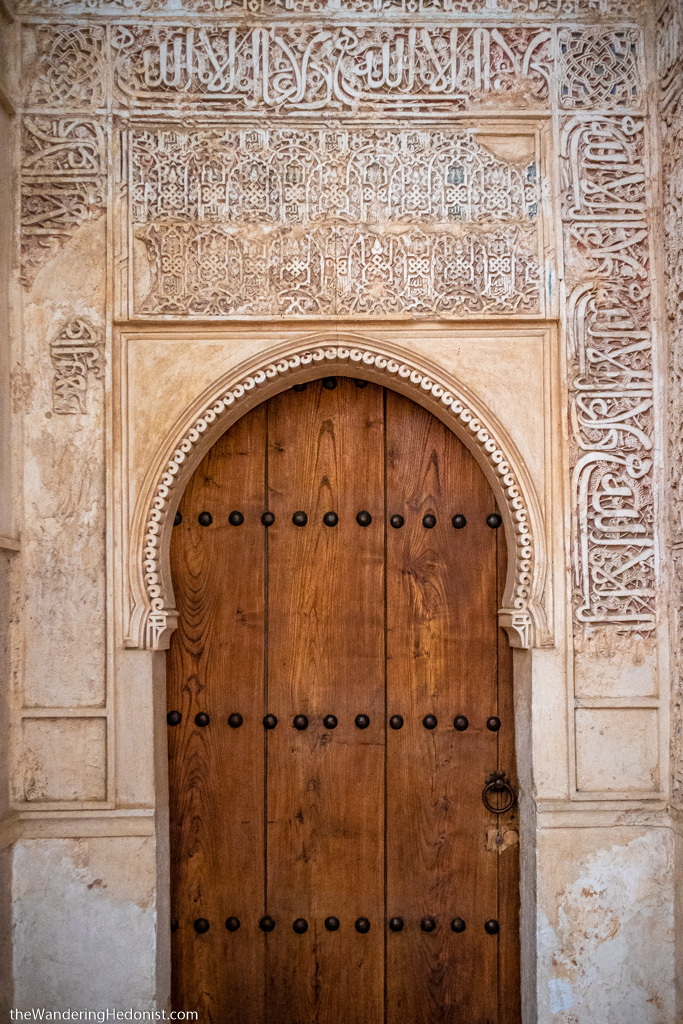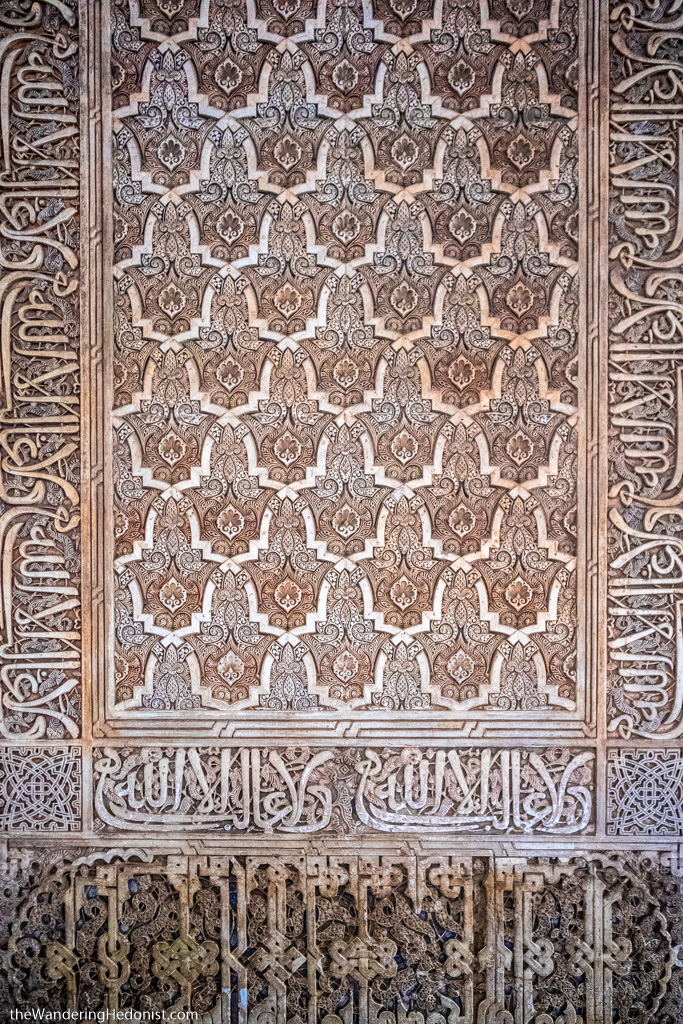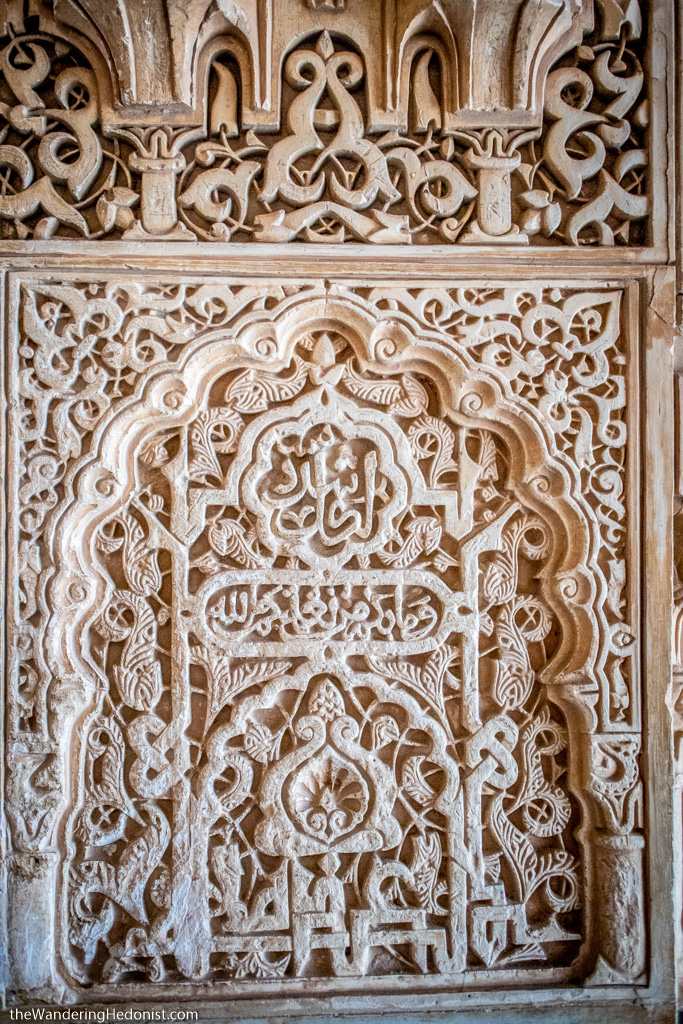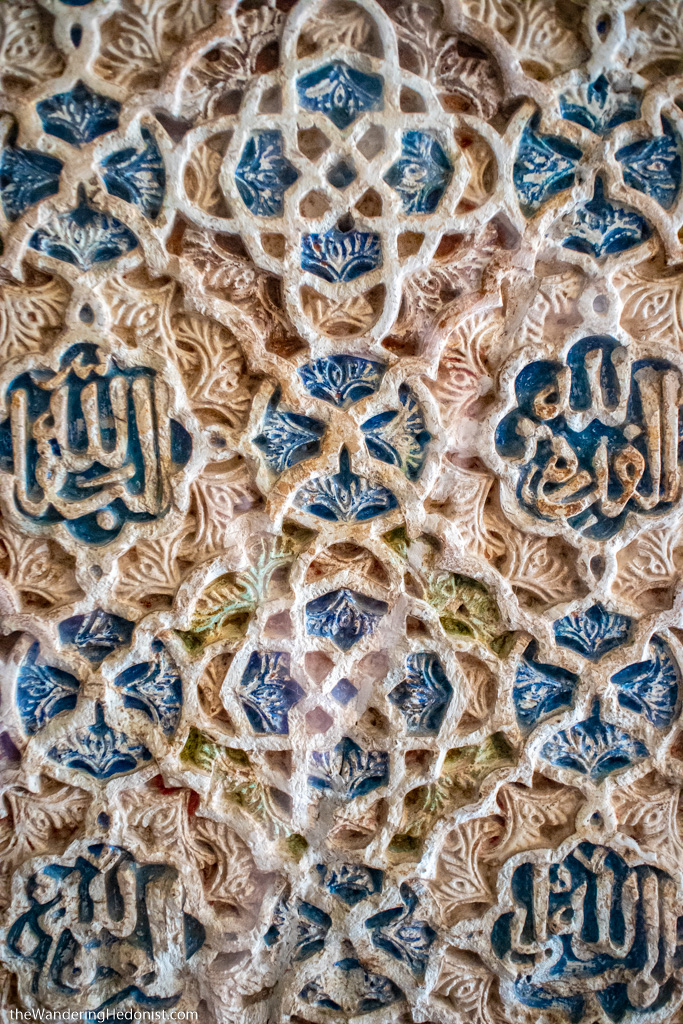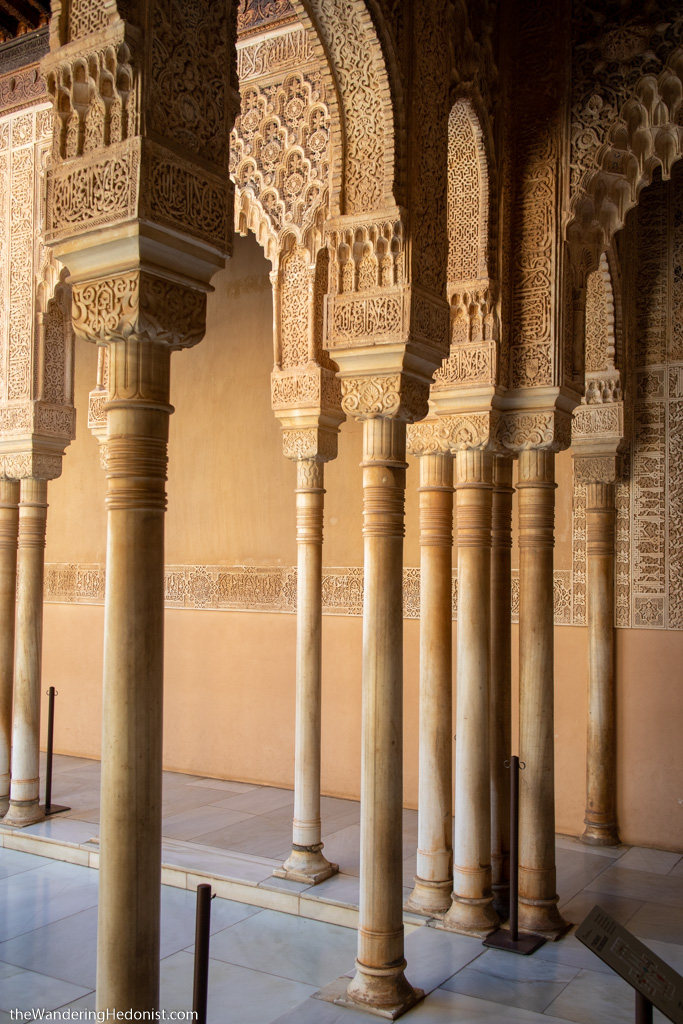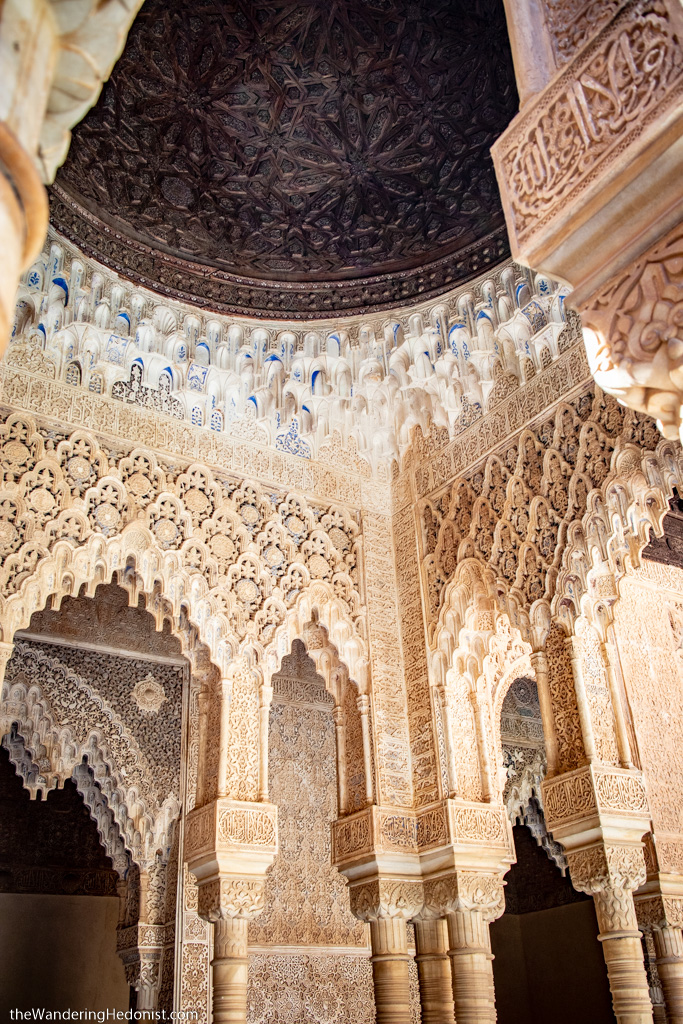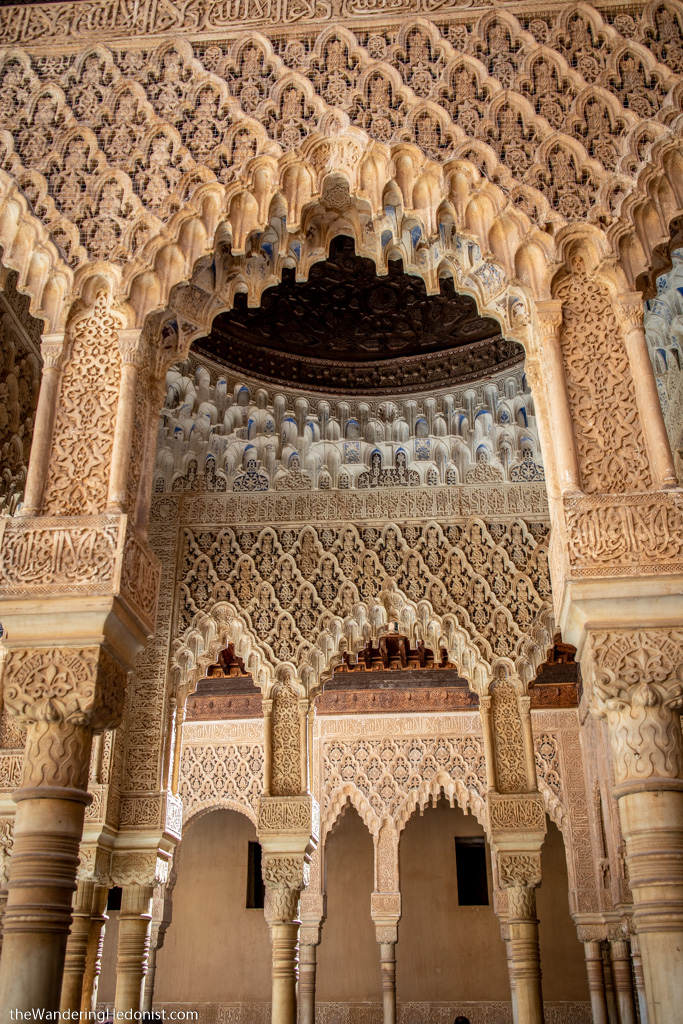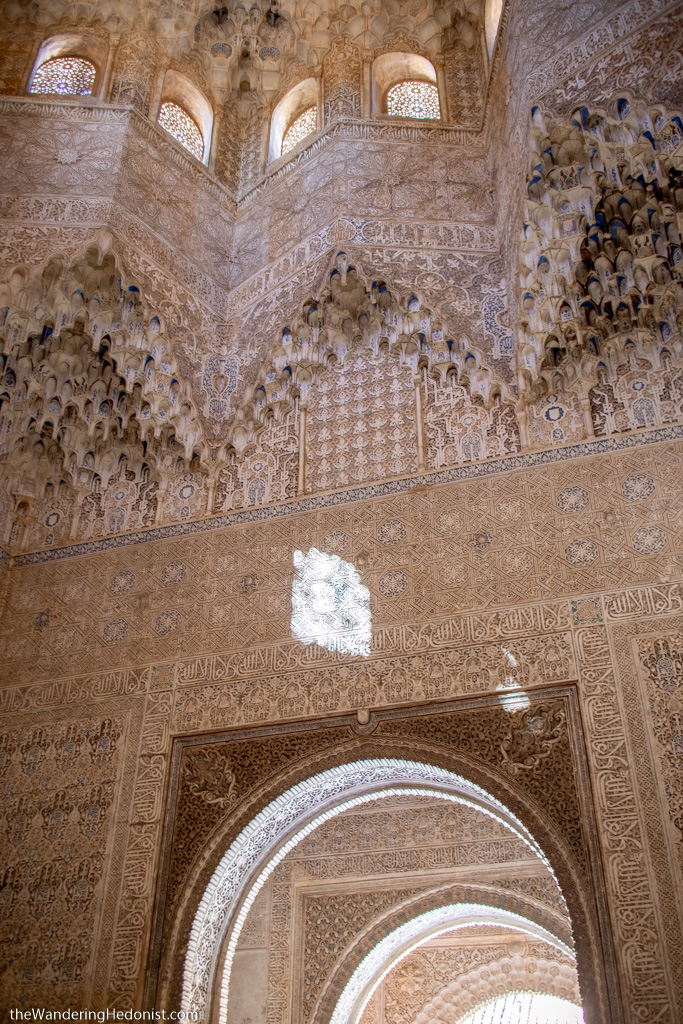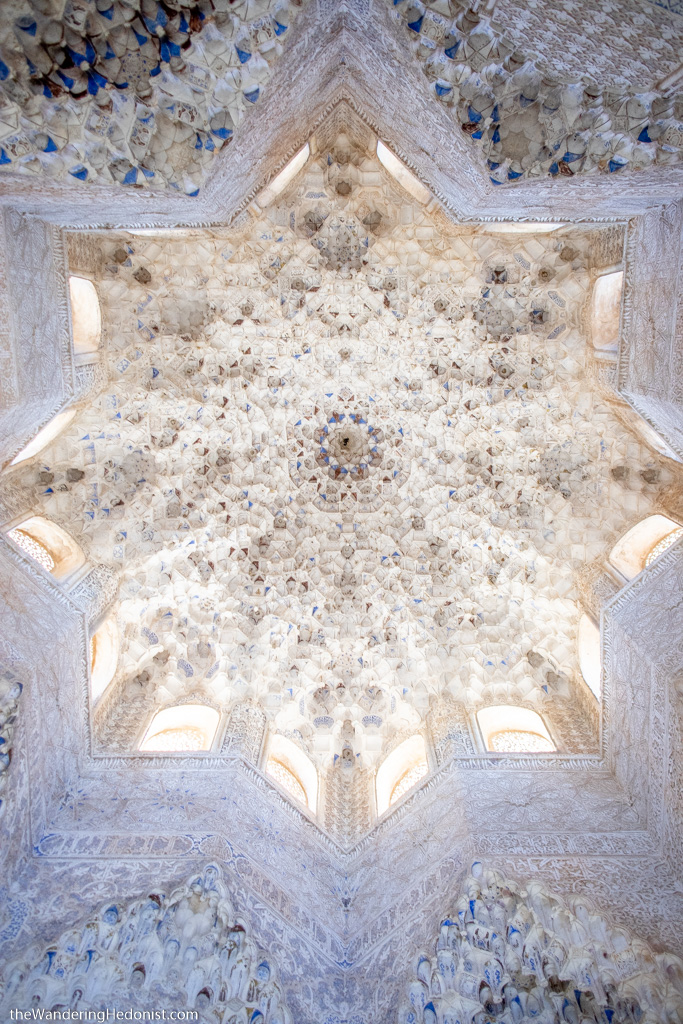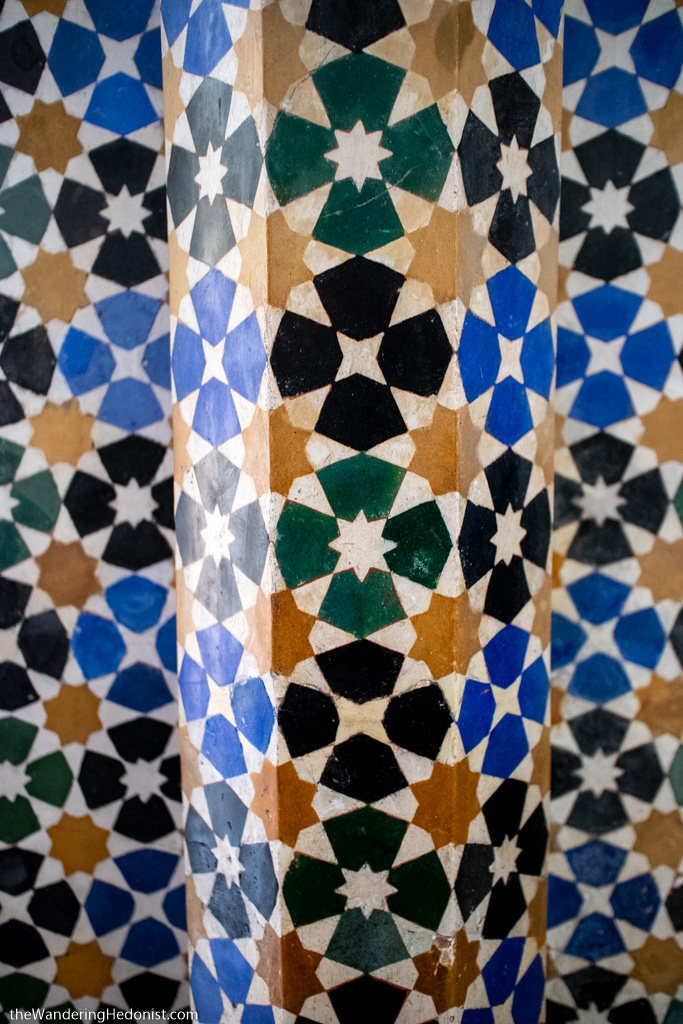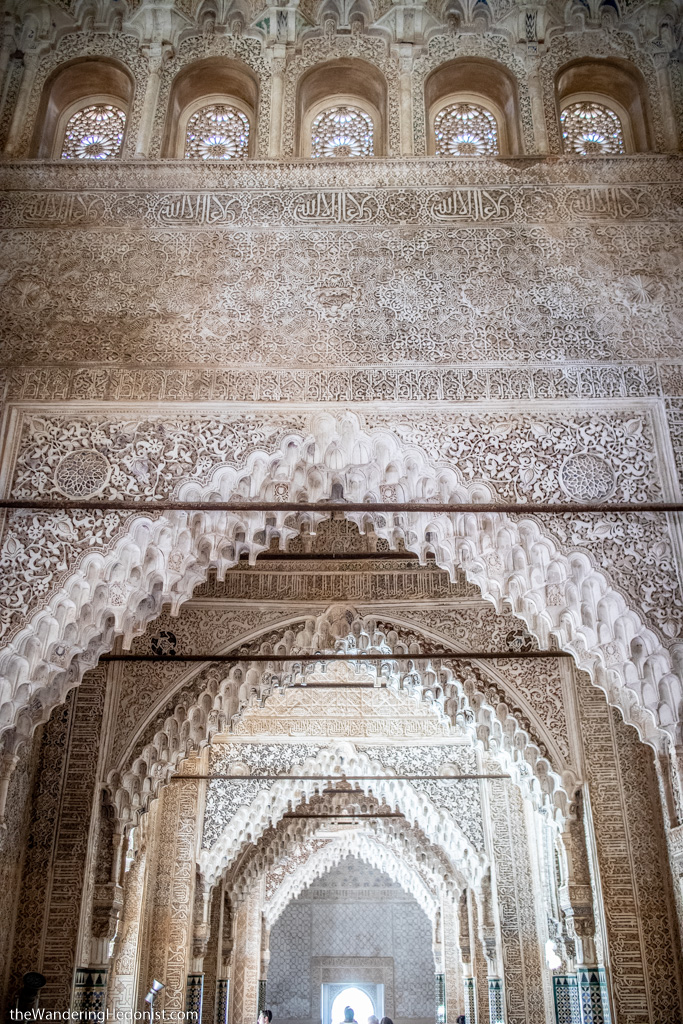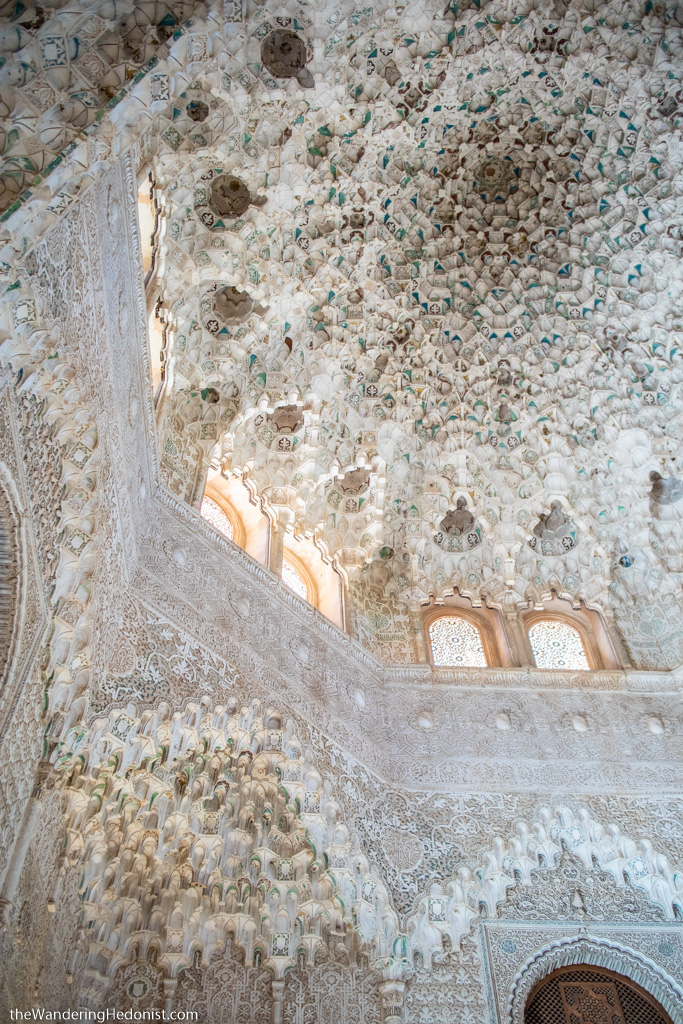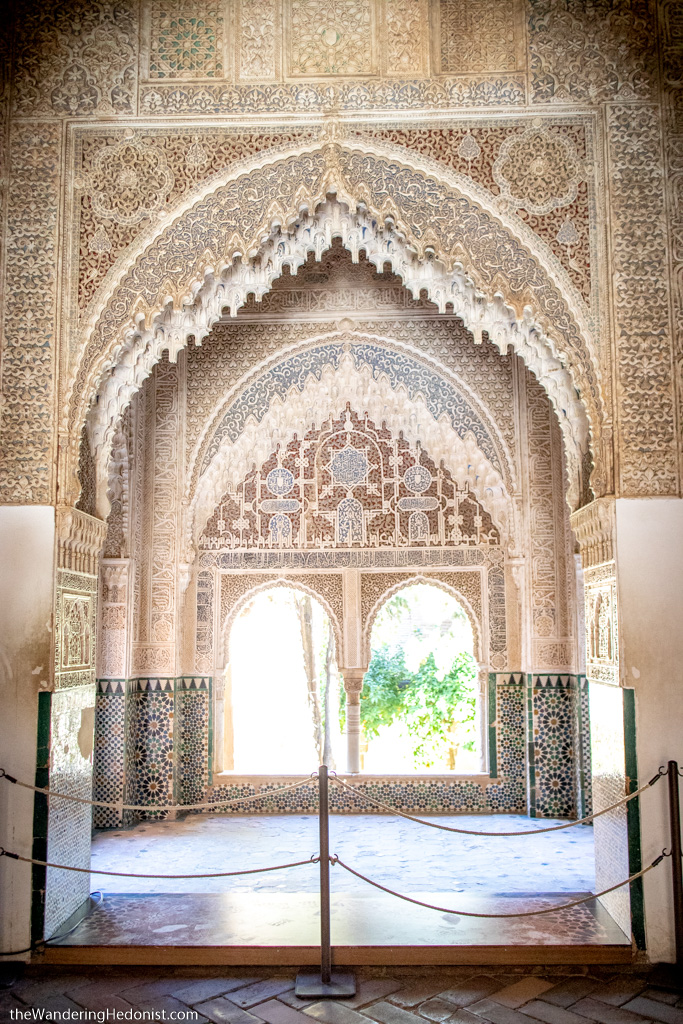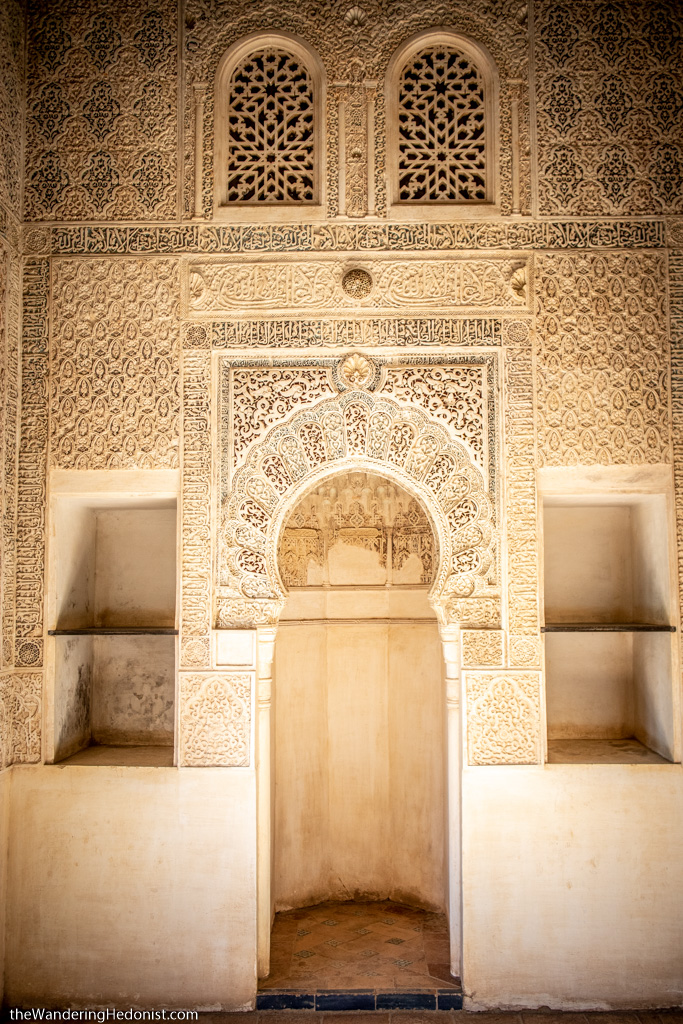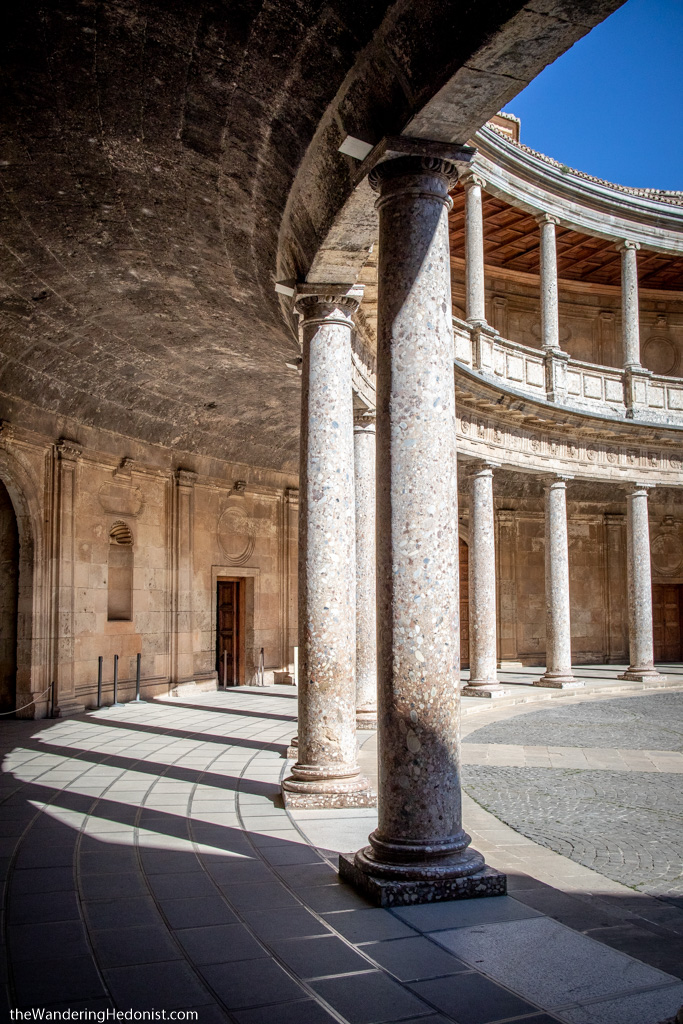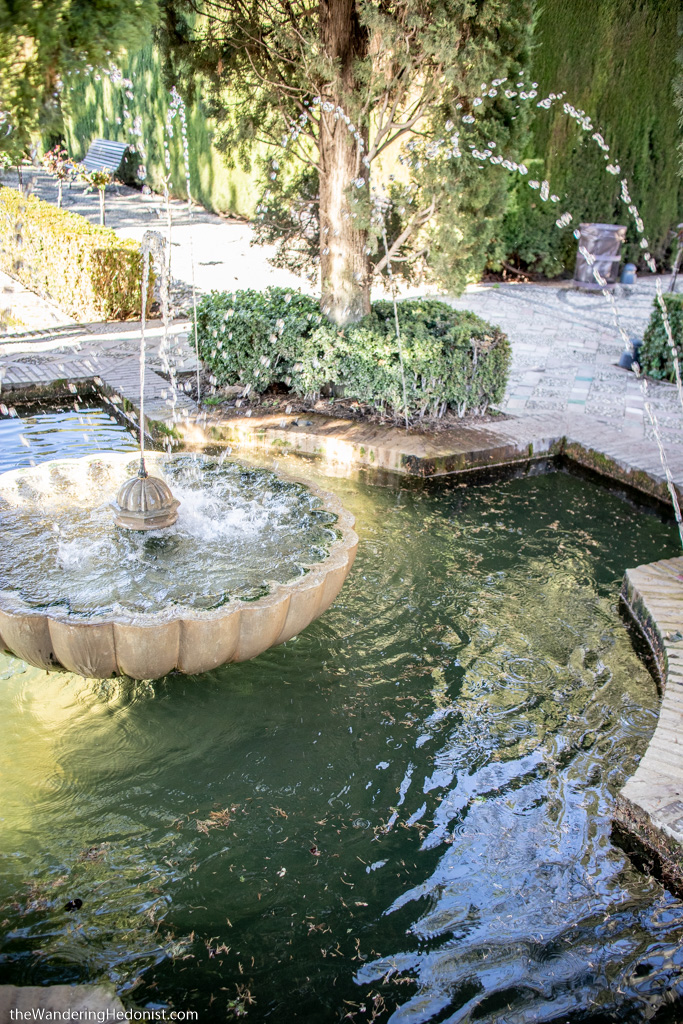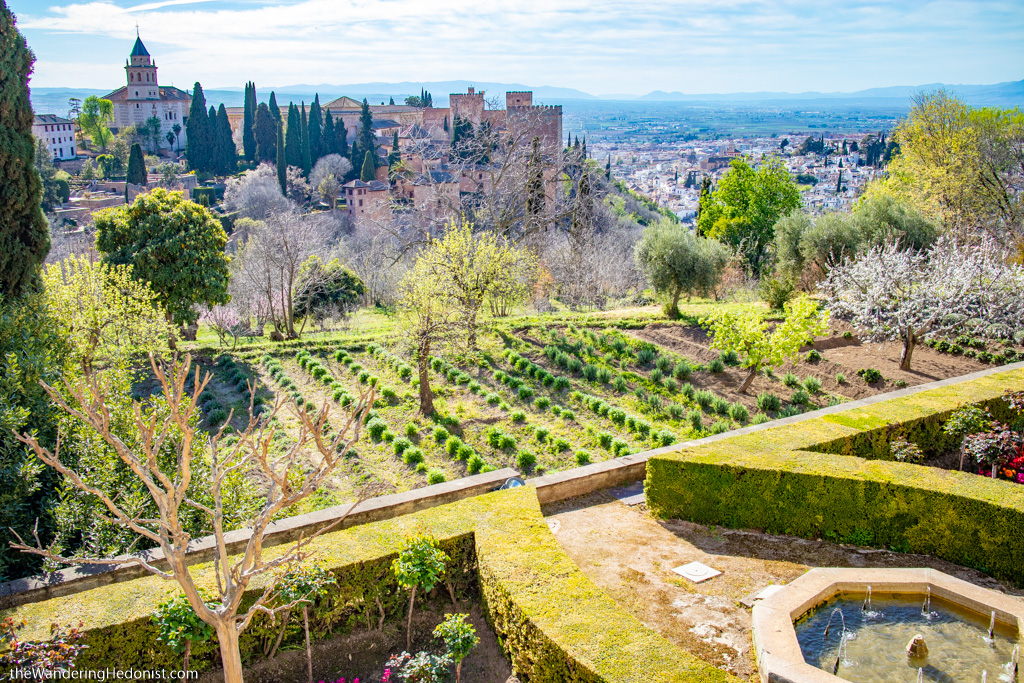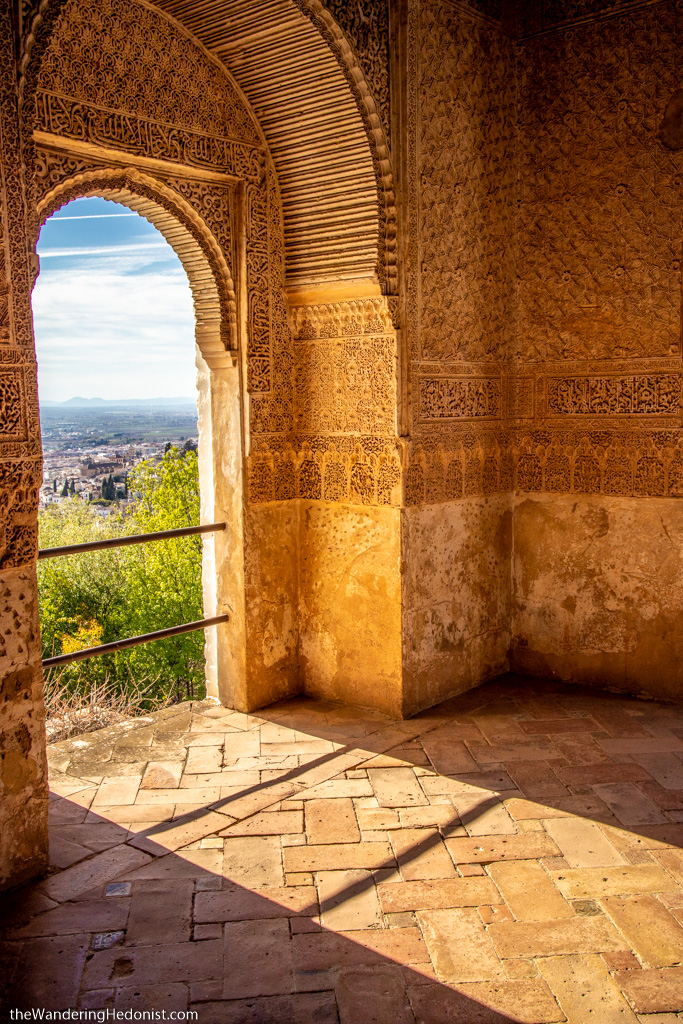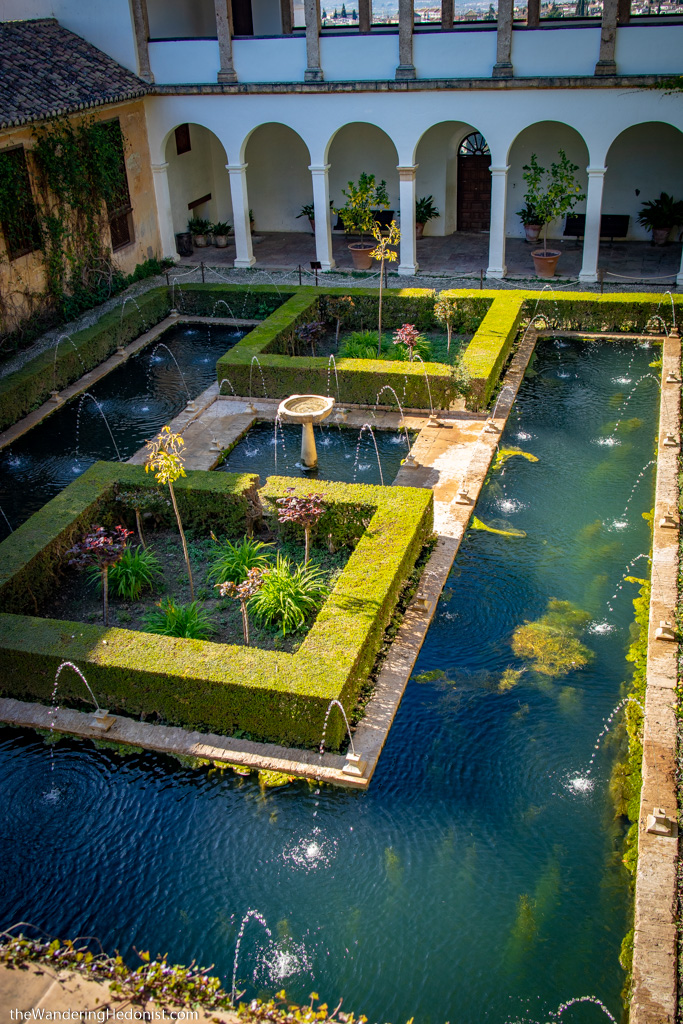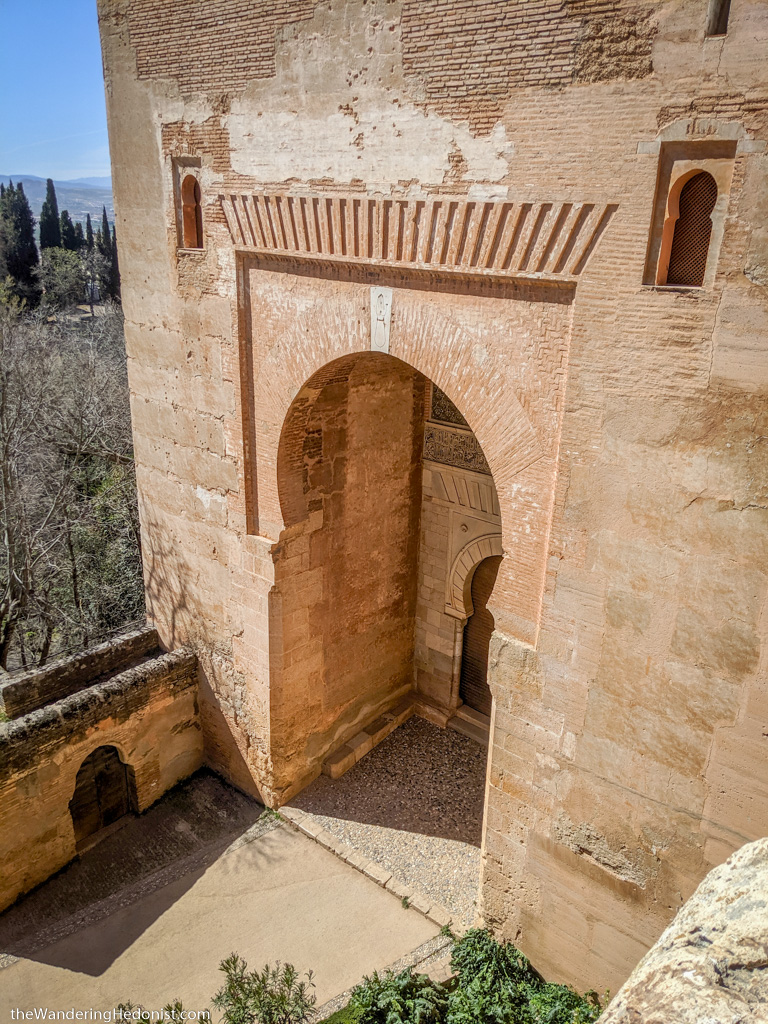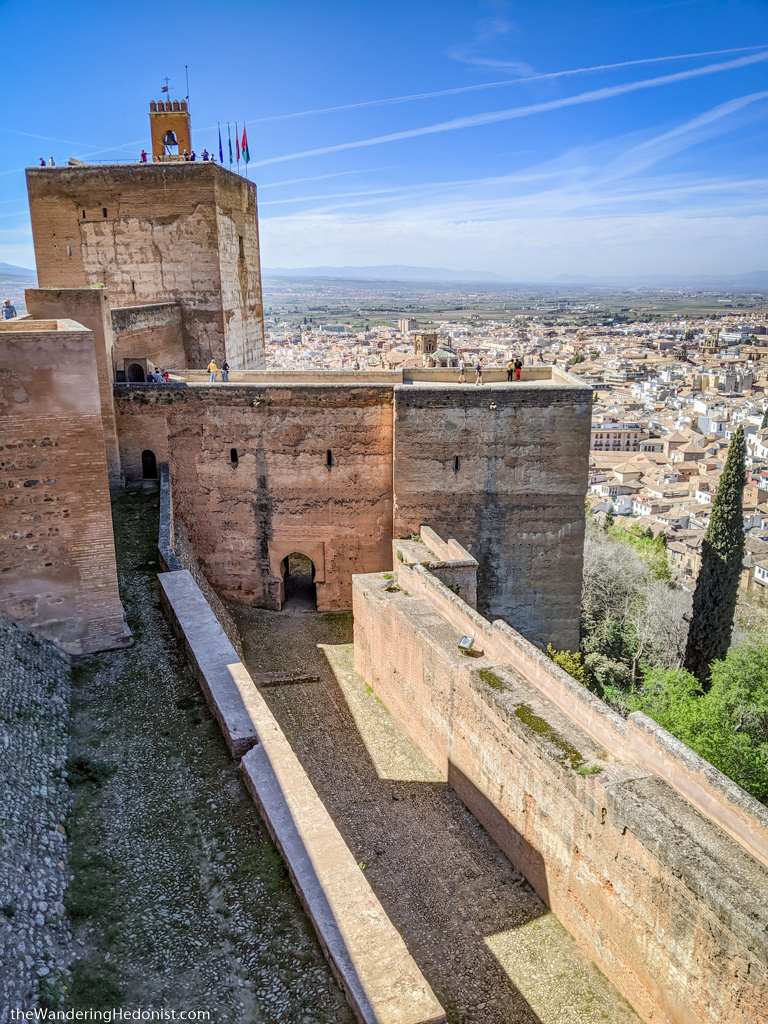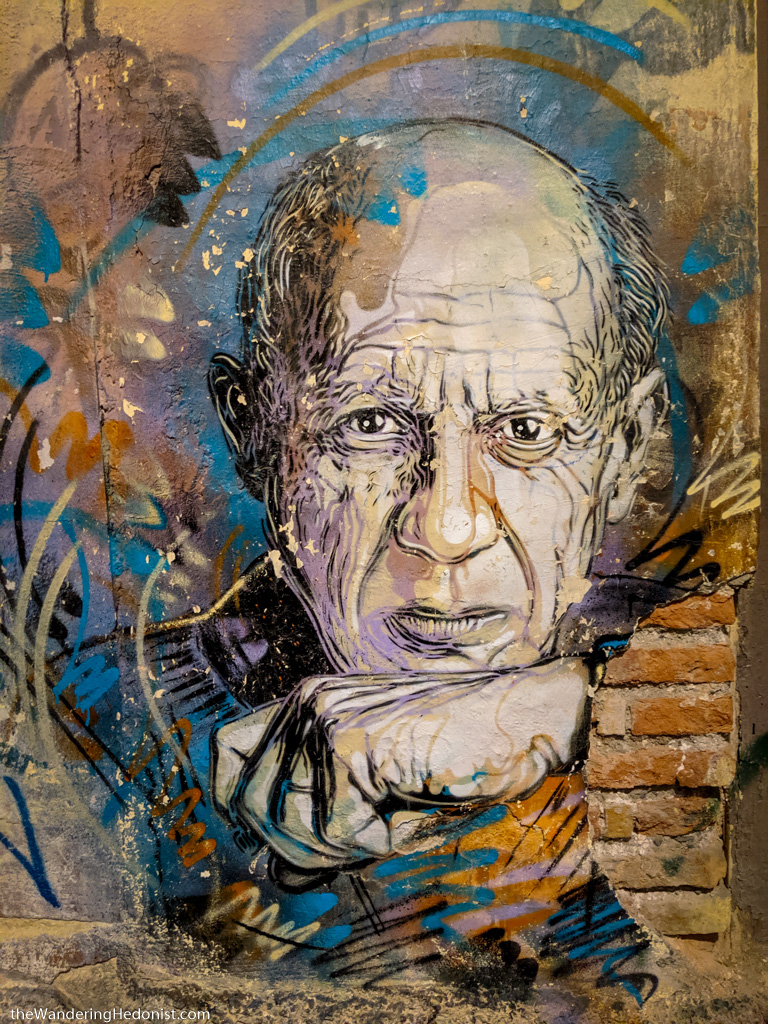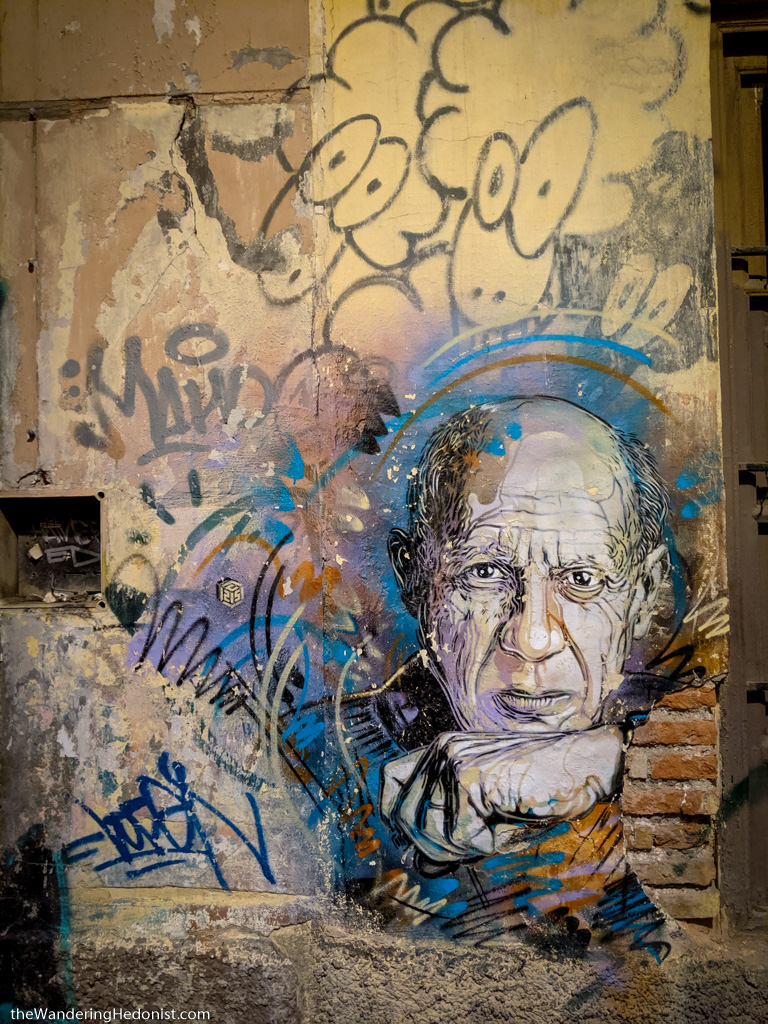Granada sits in the south of Spain at the foot of the Sierra Nevada mountains at the confluence of the Darro, the Genil, the Monachil and the Beiro rivers. It was the last Moorish stronghold to fall to Ferdinand II of Aragon and Isabella I of Castile (the Catholic Monarchs) during the great Reconquista of Christian Spain in 1492 after several years of seasonal sieges and artillery attacks. Until then for the previous 800 years the city was home to Jews, Christians, Arabs, and Berbers each with their own quarters in the city. The city’s ruler Emir Muhammad XII of Granada ceded the city after negotiating a treaty to protect the Islamic inhabitants from abuses from the Christians and freedom to practice their religion. But almost immediately the new monarchs began mass forced conversions of Jews and Muslims and within a few more years either executed or forced migrated all of the remaining non-Christians within the city. The city’s mosque was torn down and the Granada Cathedral built on it’s foundations and the monarchs moved into the Moorish fortress of Alhambra and took it as their own. The completion of the Reconquista set the stage for Spanish dominance of the following centuries. When Christopher Columbus came to ask for royal backing of his voyage to the new worlds that same year, it was the Alhambra where he came to do it. The subsequent conquest, colonization, and genocides of the new world would provide the resources to consolidate Spain and make it the largest empire in the world.
It was Isabella who promoted the use of pork above all other regions in Spain as basically a purity test for recent converts as pork was prohibited in the non-Christian religions. Pork as tapas were often offered in bars and those who refused to eat were outed as fake converts. The eating of pork took on a religious dimension in contrast to the other religions. Maybe that’s why the pork arts have reached such a mythic level in these regions.
I also knew that Zero Point Zero cinematographer Zach Zamboni (of No Reservations and Parts Unknown fame) lives in Granada and took tapas in town daily. I had a few daydreams about running into him, but alas, no such luck.
Tapas in Granada
Unlike most places in Spain, the tapas in Granada are mostly free. This is a strange concept to Americans. You buy a drink, usually a small beer or wine, around 2.5 euros, and you get a small plate of food. Buy another drink, you get another plate of food. You can just sit there and do this all night. Sometimes it’s something small like olives but more often than not it’s something more substantial, a plate of paella, fried anchovies, a skewer of shrimp or stuffed peppers. Sometimes you get what they serve you, sometimes you’re provided with a menu of tapas to choose from. Either way, it’s a magical practice for anyone who likes to sit in a bar and casually have drinks.
The practice is deeply cultural. Spaniards take dinner very late, usually 8:30 at the earliest and sometimes as late as midnight. But between the end of work and dinner is a social time where residents go from bar to bar seeing friends, having a few light drinks, and eating tapas as a snack to tide you over. We saw this a little in Seville, a little free snack with your drink, but in Granada it’s the norm. Most places we went offered free tapas. The down side is that bars open a bit later and it’s a pretty casual affair. No one seems to be in a hurry. So if you’re really hungry and not just looking for a snack, and you’re not a big drinker, it might not be enough for you. That’s not to say tapas are the only food. Typically tapas bars also offer raciones or full plates of food for purchase. Generally we would have one or two tapas but after an hour Katy really needed a full plate of food and couldn’t drink that much alcohol so we ordered a plate or two for a real dinner.
Due to the COVID-19 outbreak, half of our time in Granada was spent planning our escape, which really cut into my culinary adventures, but I still feel like I got the real experience from the places we went.
Examples of free tapas in Granada.
Raciones we ordered in tapas bars.

Salmorejo. Very traditional cold soup of stewed tomatoes blended with old bread topped with ham and eggs.
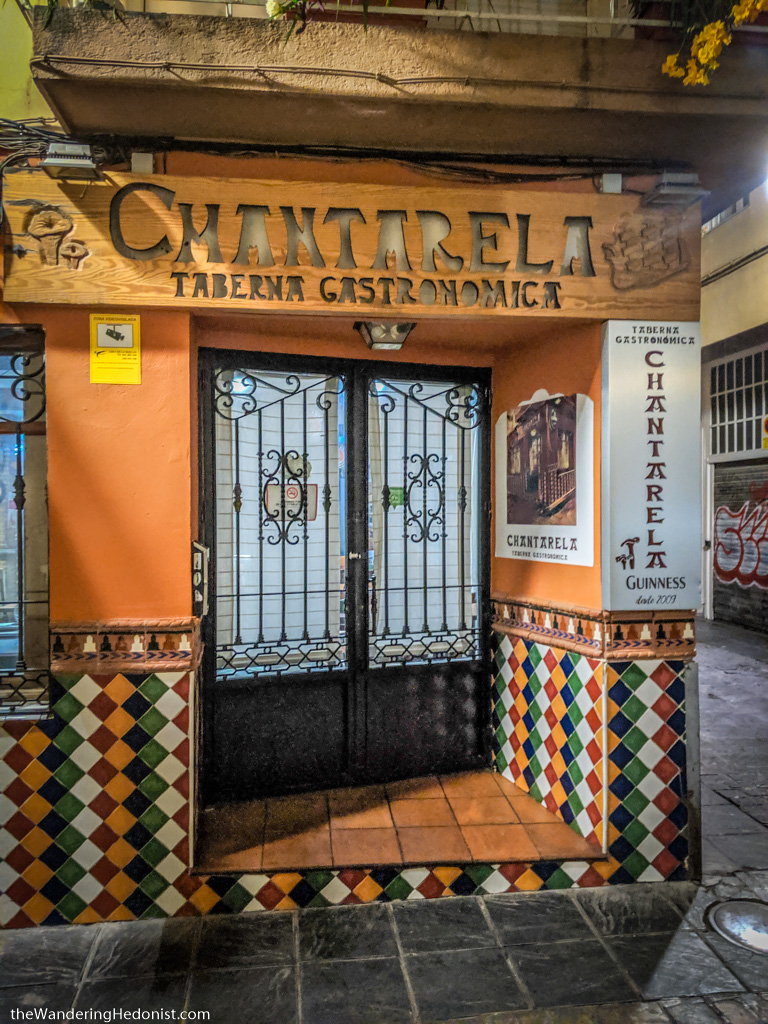
This place was well known for having the most generous portions of tapas. Very popular with locals. And the food was top notch, even free.
Walking around town
Granada is a great mix of old world and modern. It was beautiful and friendly, very social, lots of great places to eat and drink, thin winding streets, layers and layers of history. In addition to your typical Spaniards the city had a huge influx of white hippies with dreadlocks huddled all over town. Mostly with British accents. I’ve heard a lot of travelers created squats in the abandoned cave houses north of the Muslim quarter and I watched many of them dragging furniture and jugs of water from town up the small road that lead to there.
Honestly we barely made it out of the middle of town. There was just too much to see and too little time. But my impression of Granada was that it was very livable and I really wanted to spend more time there. Hopefully we get to return someday.
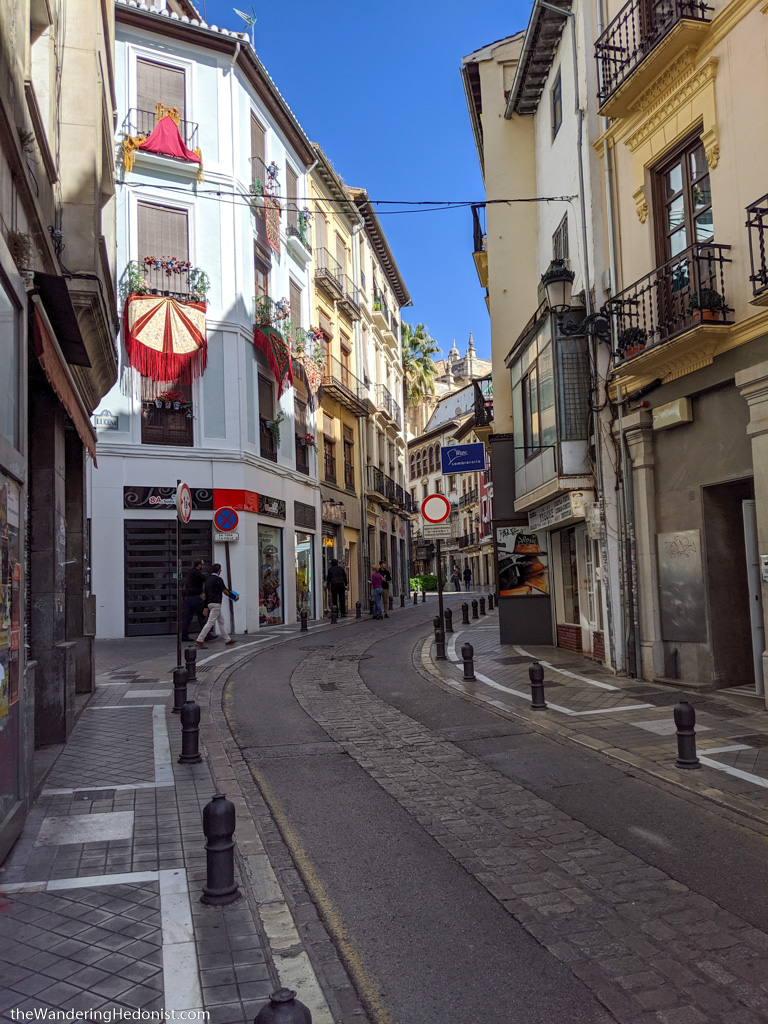
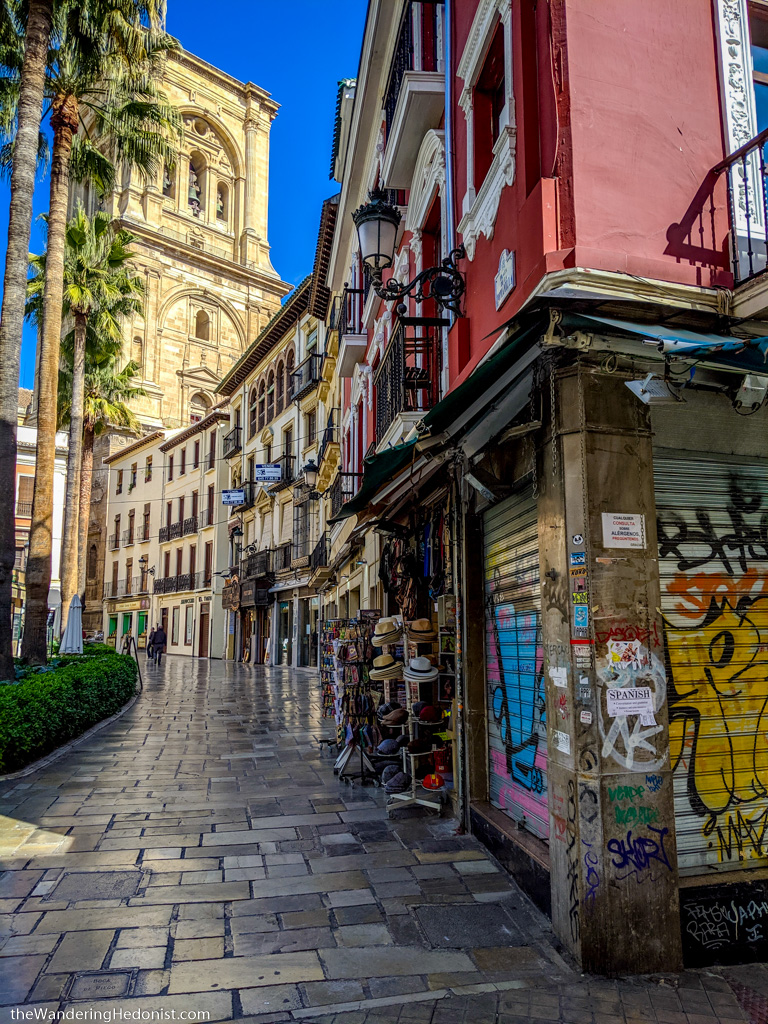
Alhambra and Generalife gardens
Alhambra is the great Moorish palace and fortress built on a bluff over the city and seat to the city’s power for hundreds years. Built originally in the 11th century as a walled city it wasn’t until the 13th century that Muhammad I of Granada, first monarch of the Nasrid dynasty, decided to develop it and make it his royal residence. And with it, built a breathtaking example of Islamic architecture with its elaborate geometric tile work and insane levels of detail. Later the conquering catholic monarchs also took Alhambra as their residence destroying sections and rebuilding as they saw fit. But luckily some of the original Moorish designs still exist and I feel lucky to have seen them.
Granada Cathedral
The Granada Cathedral was started shortly after the fall of Granada and originally meant to be a gothic cathedral but in 1529 the construction was passed to another architect who reimagined it in the style of the new Spanish Renaissance. The new design was white and focused on the use of light to make the inside seem open and aglow. The main chapel is extremely ornate with similarly ornate chapels built around the outside ring.
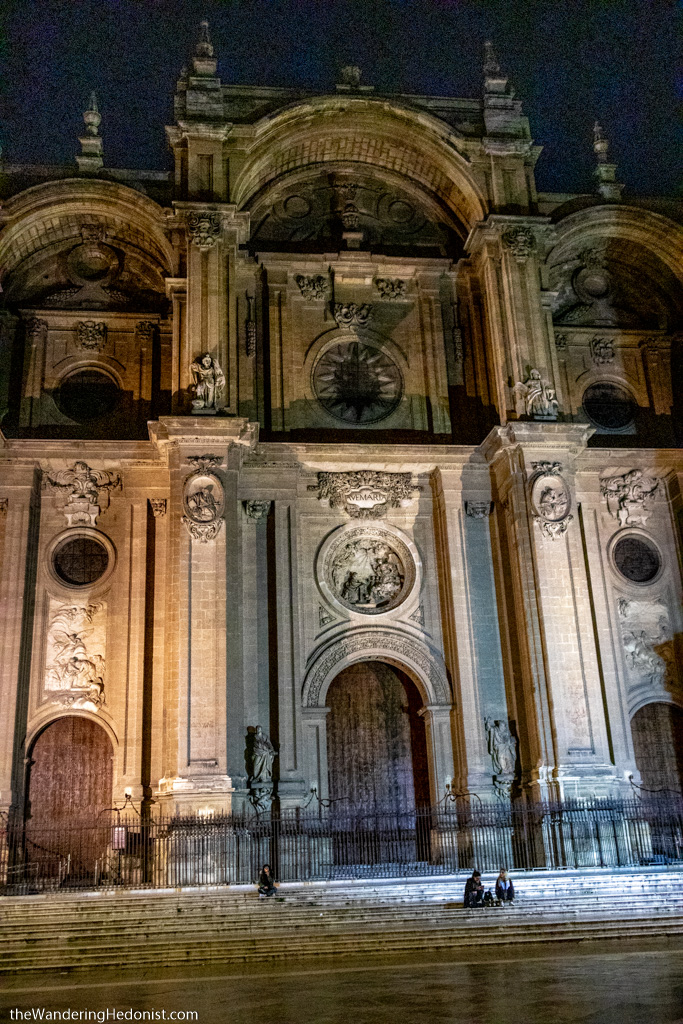
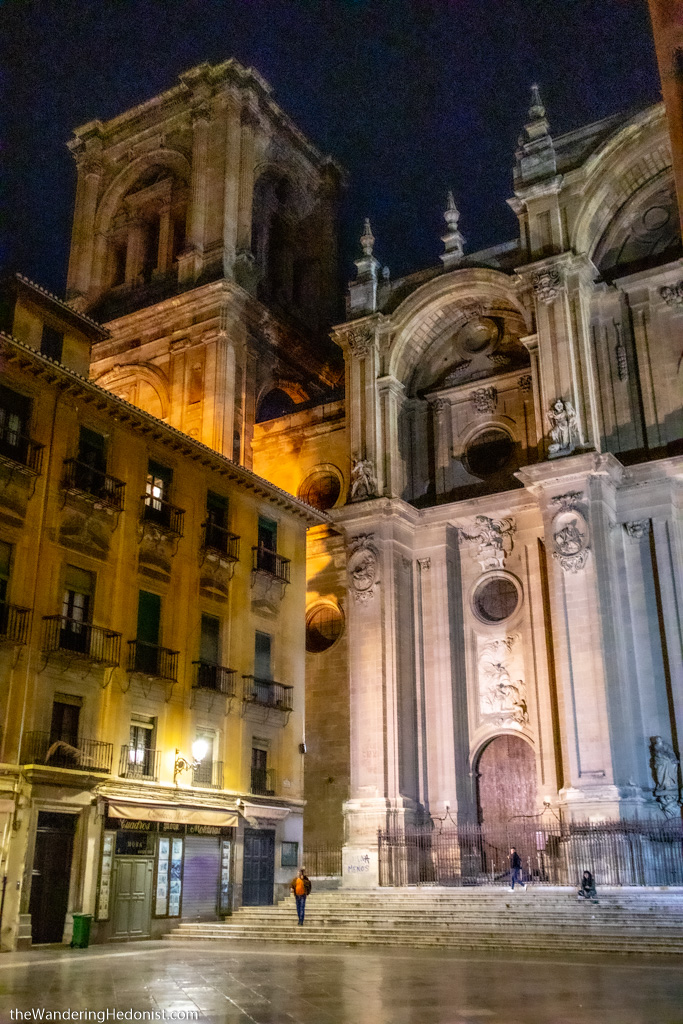
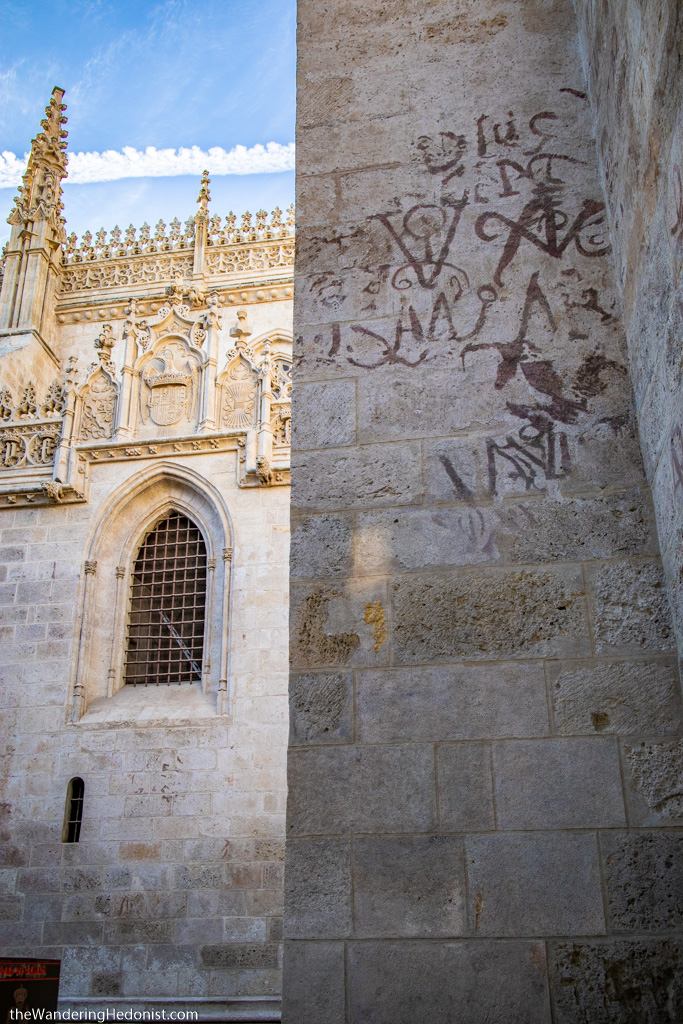
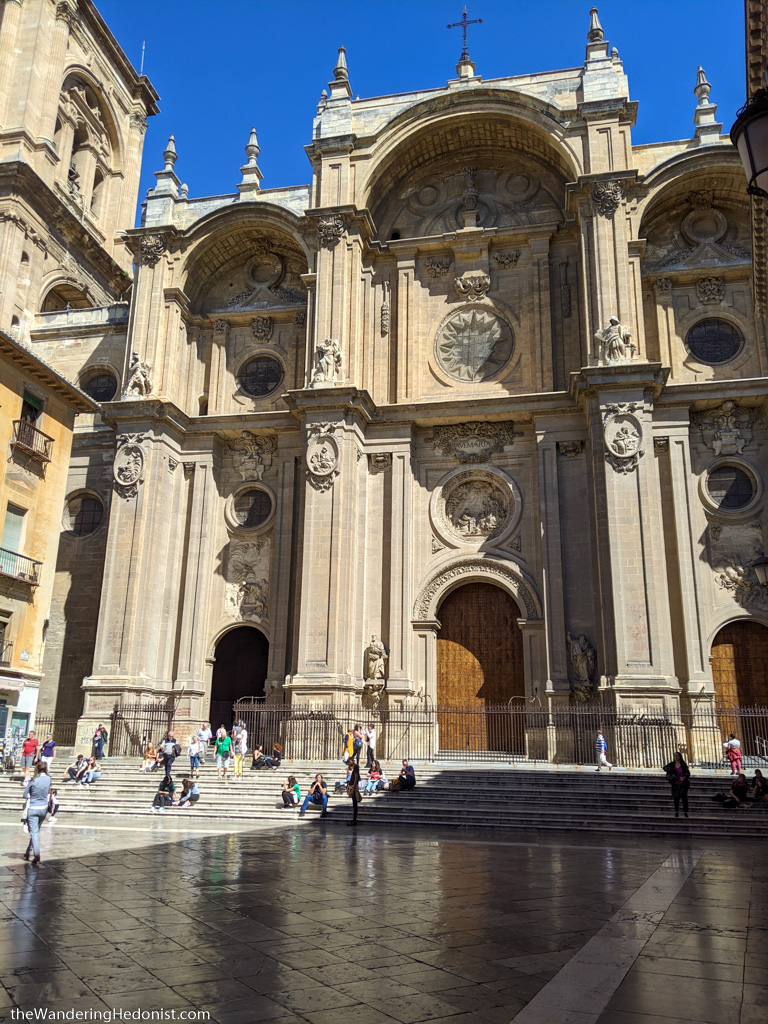
Street art
I also really enjoyed the street art in Granada. I was able to photograph a few examples from in town but saw much better work on the steep street leading up to the Alhambra (but never got to walk in that area to document). Definitely a thriving scene there.

